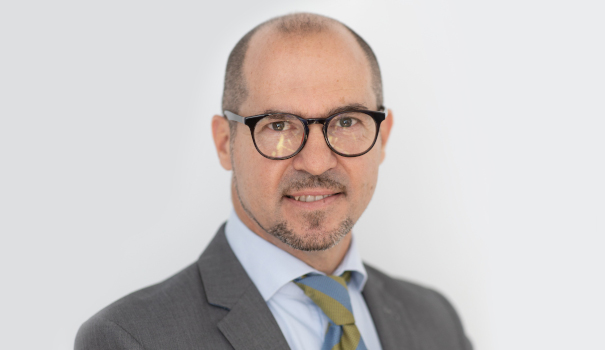Technical Details of Bioactive Glass Powder
A natural way to healthier skin
Specifications of SCHOTT Vitryxx®
Appearance
Vitryxx® Bioactive Glass is a fine white powder that is odorless and tasteless. Due to its hydrophilic properties, it must be stored under dry conditions.
Grain Sizes
SCHOTT offers Vitryxx® in the following standard grain size. Customized grain sizes are also available on request.
| SM4.0 specified by: |
|---|
| d50: (4.0 ± 1.0) µm |
| d95: ≤ 20 µm |
Chemical Properties
Vitryxx® is composed of four inorganic oxides. Thanks to its inorganic composition, it is able to withstand light and temperature extremes.
| Name | [mass %] |
|---|---|
| SiO₂ | 45 ± 5 |
| CaO | 24.5 ± 3 |
| Na₂O | 24.5 ± 3 |
| P₂O₅ | 6 ± 2 |
Purity
The melting process is conducted at over 1200°C to eliminate organic impurities left in the material. Strict production procedures are also adhered to in order to minimize the presence of inorganic impurities. The sum of all heavy metal impurities, namely lead (Pb), mercury (Hg), bismuth (Bi), arsenic (As), antimony (Sb), tin (Sn), cadmium (Cd), silver (Ag) and copper (Cu) is less than 50 ppm. (Pb, Hg, Bi, As, Sb, Sn, Cd, Ag, Cu) < 50 ppm.
Specifications for elements as stated in the cosmetics directive:
| Element | |
|---|---|
| Lead (Pb) | < 20 ppm |
| Mercury (Hg) | < 5 ppm |
| Arsenic (As) | < 5 ppm |
| Antimony (Sb) | < 5 ppm |
| Beryllium (Be) | < 10 ppm |
How SCHOTT Vitryxx® is produced
Cosmetics demand glass particles with high purity levels. SCHOTT adheres to stringent quality requirements throughout the manufacturing process, starting with the raw materials, which have to be free of impurities or discoloring, all the way to the milling process, which must avoid abrasion and contamination with foreign particles.
Next to SCHOTT Vitryxx® and Vitryxx®M Bioactive Glass, further bioactive glass formulations are available upon request.
SCHOTT melts all glasses in specially designed aggregates to produce high quality glass. Different dry and wet grinding technologies are used to grind the raw glass into fine powder depending on the desired grain size and distribution.
Detailed information about powder and particle technology can be found here.

Antonio Trizzino
Sales Manager Europe